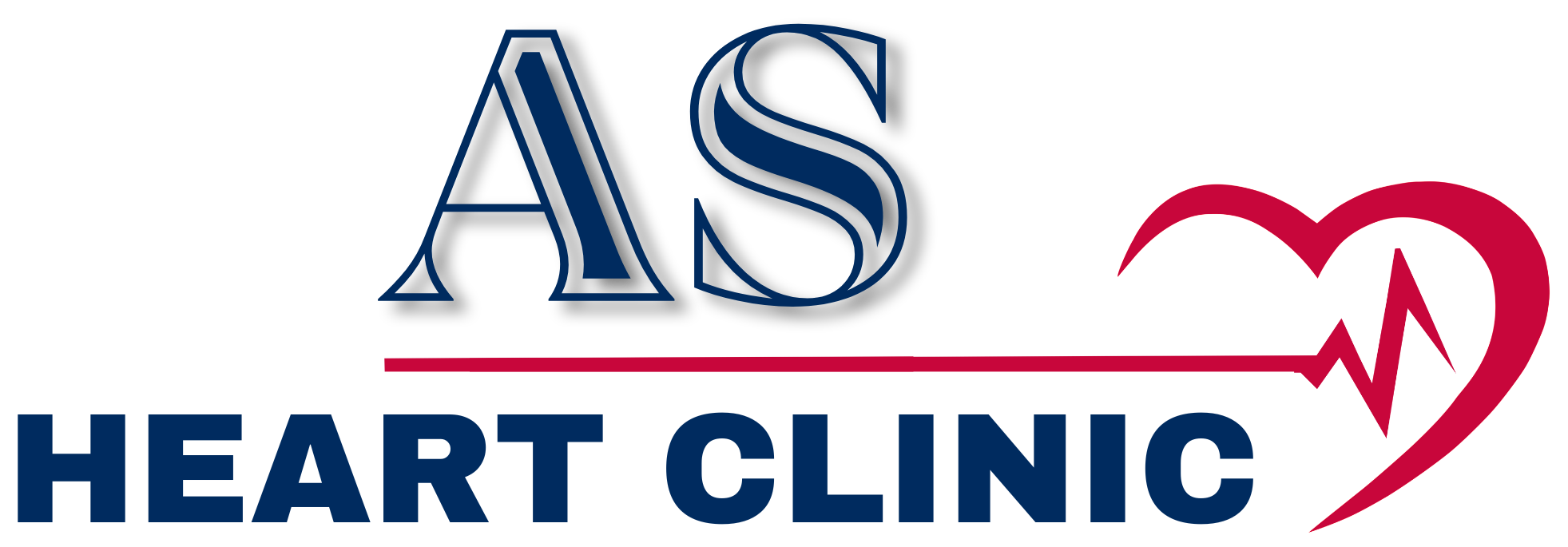Coronary Artery Disease
Coronary Artery Disease (CAD), also known as ischemic heart disease, is a condition in which the coronary arteries, which supply oxygen-rich blood to the heart muscle, become narrowed or blocked due to the buildup of fatty deposits (plaque). This can reduce blood flow to the heart, leading to chest pain (angina), shortness of breath, or in more severe cases, heart attacks. CAD is one of the leading causes of death worldwide and is often associated with lifestyle factors such as poor diet, lack of exercise, smoking, and high cholesterol levels.
Types of Coronary Artery Disease:
Stable Angina:
- Description: Stable angina occurs when the heart doesn’t receive enough blood during physical exertion or stress. Symptoms include chest pain or discomfort that typically improves with rest or medication.
- Best For: Patients whose coronary arteries are partially narrowed but have predictable patterns of symptoms.
- Treatment Options: Lifestyle changes, medications (e.g., nitrates, beta-blockers), and in some cases, angioplasty or stenting.
Unstable Angina:
- Description: Unstable angina is a more serious form of chest pain that occurs unpredictably, even at rest. It may indicate a high risk of a heart attack and requires urgent medical attention.
- Best For: Patients with advanced artery blockages or plaque ruptures.
- Treatment Options: Hospitalization, medications (e.g., anticoagulants, aspirin), and possible surgical interventions such as coronary artery bypass grafting (CABG) or stenting.
Myocardial Infarction (Heart Attack):
- Description: A heart attack occurs when a coronary artery is completely blocked, stopping blood flow to part of the heart muscle. This can lead to permanent damage to the heart tissue if not treated immediately.
- Best For: Patients experiencing severe chest pain, sweating, nausea, or shortness of breath due to blocked arteries.
- Treatment Options: Immediate medical intervention, including angioplasty, stenting, or thrombolytic therapy to restore blood flow, followed by long-term management with medications and lifestyle changes.
Silent Ischemia:
- Description: Silent ischemia refers to reduced blood flow to the heart that occurs without any noticeable symptoms. It can increase the risk of a heart attack without warning.
- Best For: Patients with risk factors like diabetes, hypertension, or those who have had previous heart attacks.
- Treatment Options: Regular monitoring, medications (e.g., statins, ACE inhibitors), and lifestyle adjustments to prevent further complications.
Variant Angina (Prinzmetal’s Angina):
- Description: Variant angina is caused by a temporary spasm in the coronary arteries, reducing blood flow to the heart. Unlike stable angina, it can occur at rest and is not necessarily triggered by physical activity.
- Best For: Patients who experience sudden, unpredictable chest pain, often in the early morning.
- Treatment Options: Medications like calcium channel blockers or nitrates to prevent spasms, along with lifestyle changes.
Health Tips & Info
- Healthy Diet: Focus on a heart-healthy diet, such as the Mediterranean diet, which is rich in fruits, vegetables, whole grains, and healthy fats.
- Regular Physical Activity: Engage in at least 150 minutes of moderate exercise per week.
- Control of Blood Pressure and Cholesterol: Regular monitoring and management through diet, exercise, and medications as necessary.
- Smoking Cessation: Quitting smoking can significantly reduce the risk of CAD.
- Weight Management: Maintaining a healthy weight can lower the risk of CAD.

